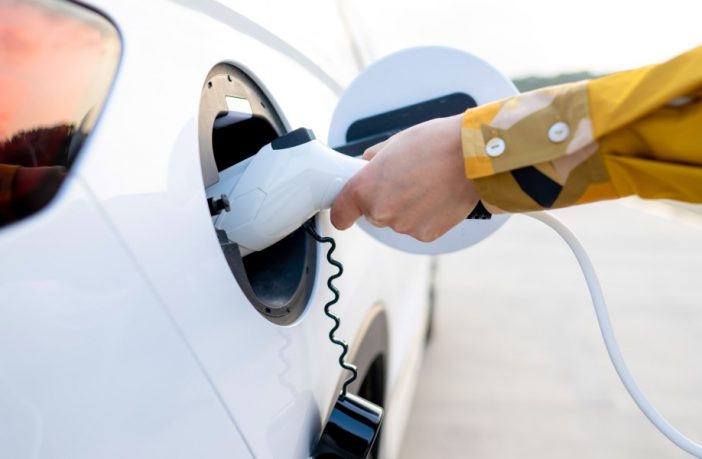
The EPA announcement will essentially align federal regulations with the new California rules, Jonas Nahm, assistant professor of energy, resources and the environment at Johns Hopkins, said in an email.
It will also help ensure that electric vehicles will continue to sell after IRA tax credits expire in the early 2030s. Individual tax credits and other IRA incentives were already expected to shift the Electric vehicle sales forecast from less than 40% in 2030 to nearly 60%, according to Energy Innovation modeling. This means that these incentives would put electric vehicle sales on track to meet the EPA’s proposed guidelines. But some experts worry that if they expire, there could be a rebound in gas-powered cars in the early 2030s, Orvis says.
Mandates like the new federal rules could be key to cementing the future of electric vehicles. “In order to achieve these goals, automakers will need to commit to electric vehicles to such a degree that it will be more difficult to change course later,” Nahm says.
Much work remains on charging, battery technology and public acceptance of electric vehicles to reach the levels they will need for us to meet climate goals, but new rules from the EPA and Other policy changes suggest the tide is turning. . “This is the future: consumer demand is there, markets allow it and technologies allow it,” Regan said at the press conference. “We are driving in the same direction.
Tech




